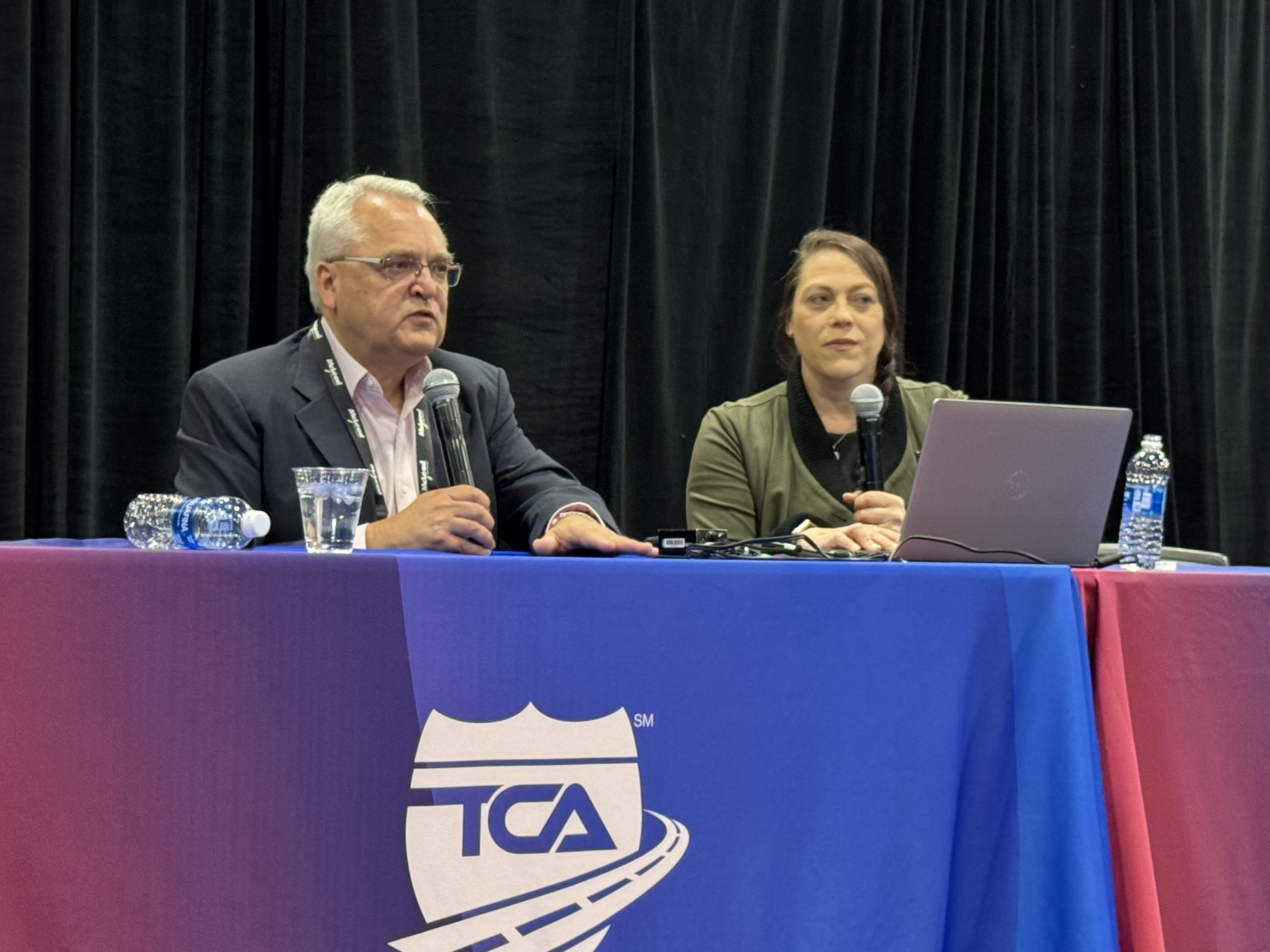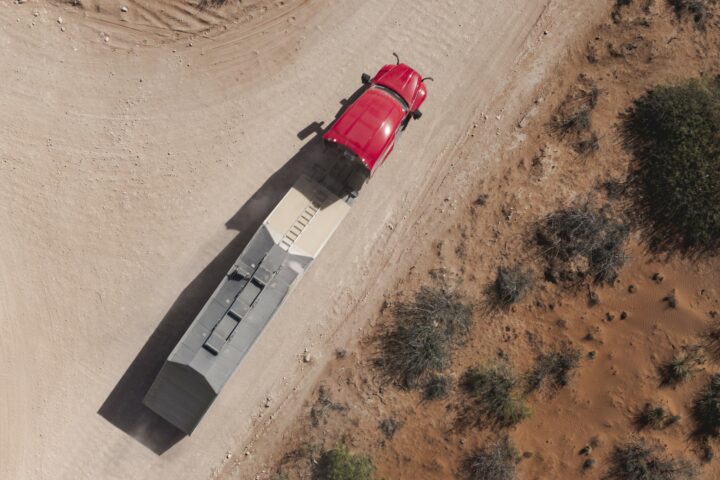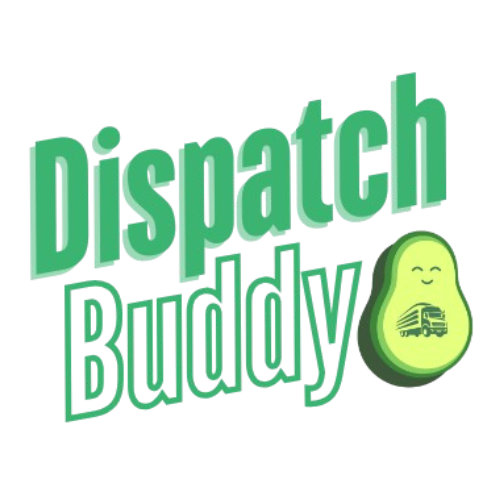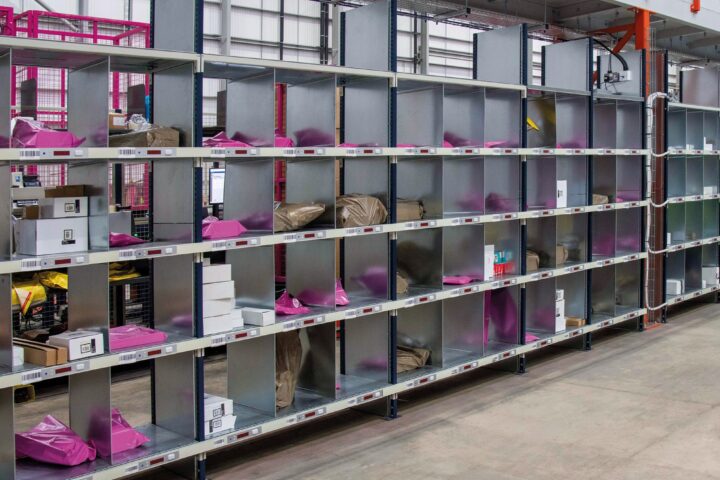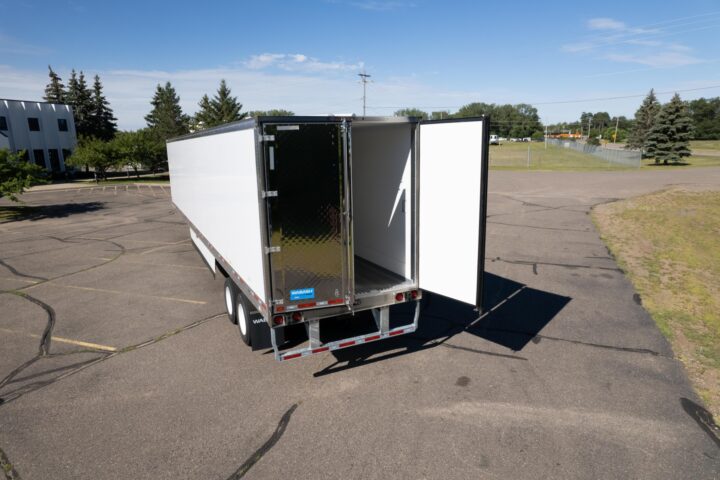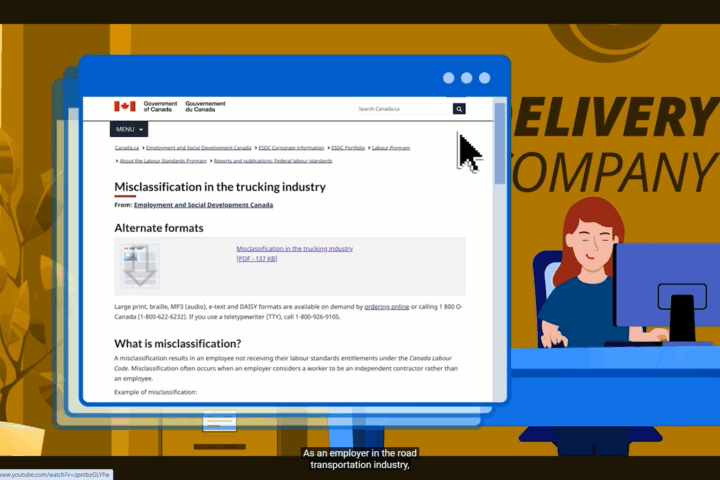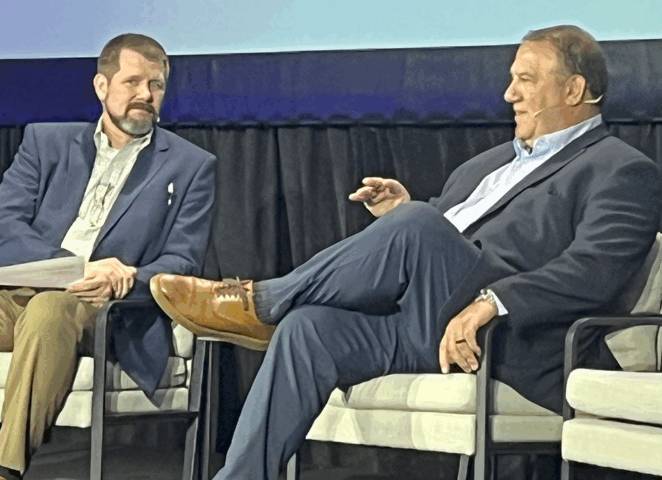Bison Transport has taken a proactive approach to safety and risk management, integrating telematics data with a coaching strategy to improve driver behavior and performance and, with it, reduce insurance costs.
But while technology provides important insights, Garth Pitzel, associate vice-president of safety and driver development at Bison, said that data alone doesn’t tell the whole story.

For example, the fleet monitors multiple safety metrics, including following distance, hard braking, speed events, counseling events, and preventable accidents per million miles. However, simply reacting to an uptick in any one of these metrics would be a mistake, Pitzel explained during the Truckload Carrier Association’s annual convention in Phoenix, Ariz. Rather than focusing on raw numbers, the company analyzes correlations between different safety events to understand the root causes and address them.
“When we look at our program, we’re really focused on following distance, and we track and monitor the heck out of that, and we can compare year-over-year data. I’ll use 2024 data compared to 2023 — we actually track the number of following time events that we have. The number is reduced. We had about 1,092 in 2024, and we have a fleet of about 2,200 drivers,” he said. “So [in] 2024, it actually dropped 11%. So you go, ‘OK, well, that’s great, we’re doing well.’ But that doesn’t really tell you the total story, because our miles went up by 13%. So it’s actually [an even better] story”
As another example, an increase in hard braking incidents might seem alarming, but if following distance is also improving, it may indicate that drivers are actually becoming safer and more proactive. While Bison’s first thought was that hard brakes are an indication of a problem with following distance, upon deeper analysis, conversations with drivers, and discussions of various scenarios, it turned out that hard brakes were the result of drivers mostly attempting to pass other vehicles.
“That’s the thing — telematics doesn’t necessarily tell you the whole story. It tells you how you’re performing,” Pitzel said. “You have to take your time to understand [the numbers] so that you make the right move and don’t overreact or underreact.”

Beyond risk event tracking, Bison also monitors counseling events — the number of discussions safety managers have with drivers regarding their performance. “We even track positive driver discussions with our safety counselors, because not all conversations you have with a driver are bad,” Pitzel said, adding that encouraging proactive safety conversations has helped the company reduce overall counseling interventions workload while improving driver behavior.
Bison also tracks major loss-of-control incidents — such as rear-end collisions, jackknifes, and run-off-the-road accidents — which Pitzel identifies as the biggest risks to the business. Over the past five years, the company has reduced these incidents by 48%. This is measured per million miles to account for fleet growth and increased total miles driven.
Fleet insurance
And while many fleets expect immediate improvements in accident rates when implementing new safety programs, Bison’s experience proved otherwise.
Years ago, at the beginning of its safety improvement journey, the number of incidents remained the same in the first year after the company introduced a new approach. Still, the severity of those accidents dropped significantly, Pitzel said.
Rather than focusing solely on the number of incidents, Bison worked to lower the overall cost of accidents by tracking preventable accidents per million miles and cost per mile from an insurance perspective. This shift in focus helped the company demonstrate measurable improvements to insurers and strengthen its position when negotiating coverage terms.
“That showed us that the coaching and risk management strategies were working, even before the numbers started improving on paper,” Pitzel said.
Eventually, Bison’s telematics-driven approach also allowed the fleet to take more control over its insurance costs by making big, yet informed, decisions.
For example, by understanding its risk profile, Bison has increased its deductible from $2,500 to $100,000, significantly lowering annual insurance premiums.
“That wasn’t the insurance company asking us to change,” Pitzel said. “That was us changing the risk model as we developed our training program.”
Bison’s partnership approach with insurers has also helped them demonstrate their improved safety performance, ensuring they aren’t victims of misleading or incomplete telematics data.
Pitzel said that sometimes insurers may misinterpret data, since they don’t always understand the full picture of what’s happening inside a fleet, and then identify problems that don’t actually exist while overlooking the real issues.
“They are not the enemy,” he explained. “They are insuring you, and there’s risk to every mile that a carrier runs, but at the end of the day, you have to make sure that you have a partnership.”

